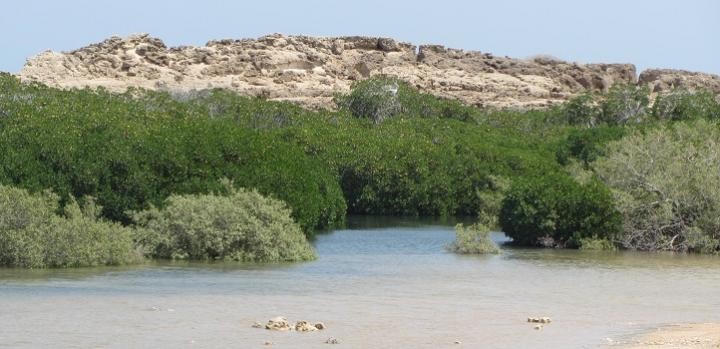Archaeologists have discovered an astonishing network of vanished roadways in what is now Saudi Arabia, marked with human graves that connect one oasis to the next.

These pathways would have taken Bedouin people and their animals to water thousands of years ago, guided by the avenues of their forefathers.
Innumerable paths cross the arid regions of the Arabian Peninsula and the Levant. Many of these routes are lined by stone structures, most of which are ancient graves, throughout huge expanses of northwest Arabia.
According to recent radiometric dating, the most common of these monuments, intricate and morphologically different 'pendant' constructions, were built during the mid-to-late third millennium BCE.
Thousands of kilometers of these 'funerary avenues,' or composite route and monument elements, may be found across the terrain, particularly around and between significant perennial water sources.
Discovery

University of Western Australia archaeologist Matthew Dalton says, "Funerary avenues were the major highway networks of their day, and show that the populations living in the Arabian Peninsula 4,500 years ago were far more socially and economically connected than we previously thought."
Stone-lined burial chambers, such as those seen in Saudi Arabia, are ubiquitous across the Arabian Peninsula, although significantly more abundant in northwest Arabia.
During the last decade, satellite imaging has shown an area littered with thousands of pendant-like stone buildings, either guarding old desert roadways or pointing towards them.
Both configurations are compared side by side in the image below.
The more a road draws near an oasis, the more the surrounding structures are concentrated.
Archaeologists working in Saudi Arabia uncovered an "amazing density of Ancient funerary structures" with "no analog elsewhere" using satellite photography and on-the-ground research.
Researchers discovered approximately 10,000 drystone funerary buildings in one county, Khaybar, most of them placed near permanent water sources.
"These oases, particularly Khaybar, have some of the world's densest concentrations of burial structures," Dalton notes.
At this period, the sheer quantity of Bronze Age graves erected around them implies that people had already begun to stay more permanently in these desirable places.
Similar Channels
Researchers discovered a web of smaller channels extending outwards when they looked carefully at the specific oasis. They believe these were utilized to transport herds of animals during rainy seasons.
On the other hand, the longer-range highways were presumably more beneficial during droughts. Ancient Bedouins could traverse far greater distances in quest of better lands and climates by bouncing from one oasis or desert spring to the next.
The authors state, "Indeed, it would be conceivable to explore some 530 kilometers by following the networks of documented funeral routes solely."
Also Read : 'Ghost Ship' Sunken During World War II Resurfaced from the Depths Due to Volcanic Activities
For similar news, don't forget to follow Nature World News!
© 2025 NatureWorldNews.com All rights reserved. Do not reproduce without permission.





